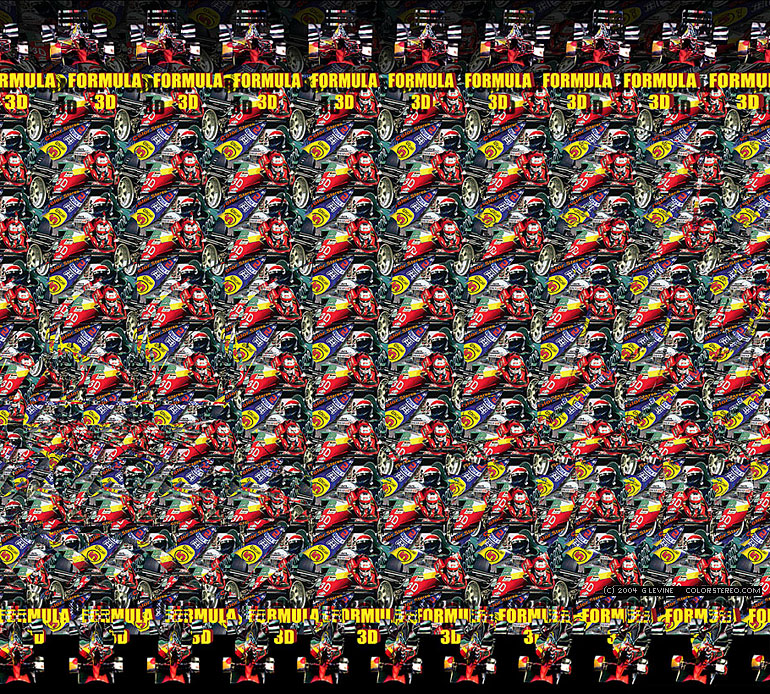What is hidden in 3D image?
Brain Teasers
[2031] What is hidden in 3D image? - Stereogram - 3D Image - #brainteasers #stereogram #3Dimage

2016-03-11
John HolterDied 22 Dec 2003 at age 87 (born 1 Apr 1916).American inventor of a pioneering valve used in the treatment of hydrocephalus (“water on the brain”). Shortly after birth (1955), his son suffered from hydrocephalus. Holter learned from surgeons Eugene Spitz and Frank Nulsen that a suitable valve to drain fluid from the brain could maintain normal cranial pressure. To save his son, Holter invented a pressure-sealing valve made from silicone to avoid clogging problems. He subsequently refined and patented the device. Spitz and Holter set up a company to manufacture the shunts using Silastic silicone. The Spitz-Holter valve has helped millions around the world since the late 1950s. Holter later created other medical devices, including dialysis pumps, artificial heart valves and finger tendons.«[Image: Schematic of placement of drainage tube with valve seen placed subcutaneously beside ear.] |